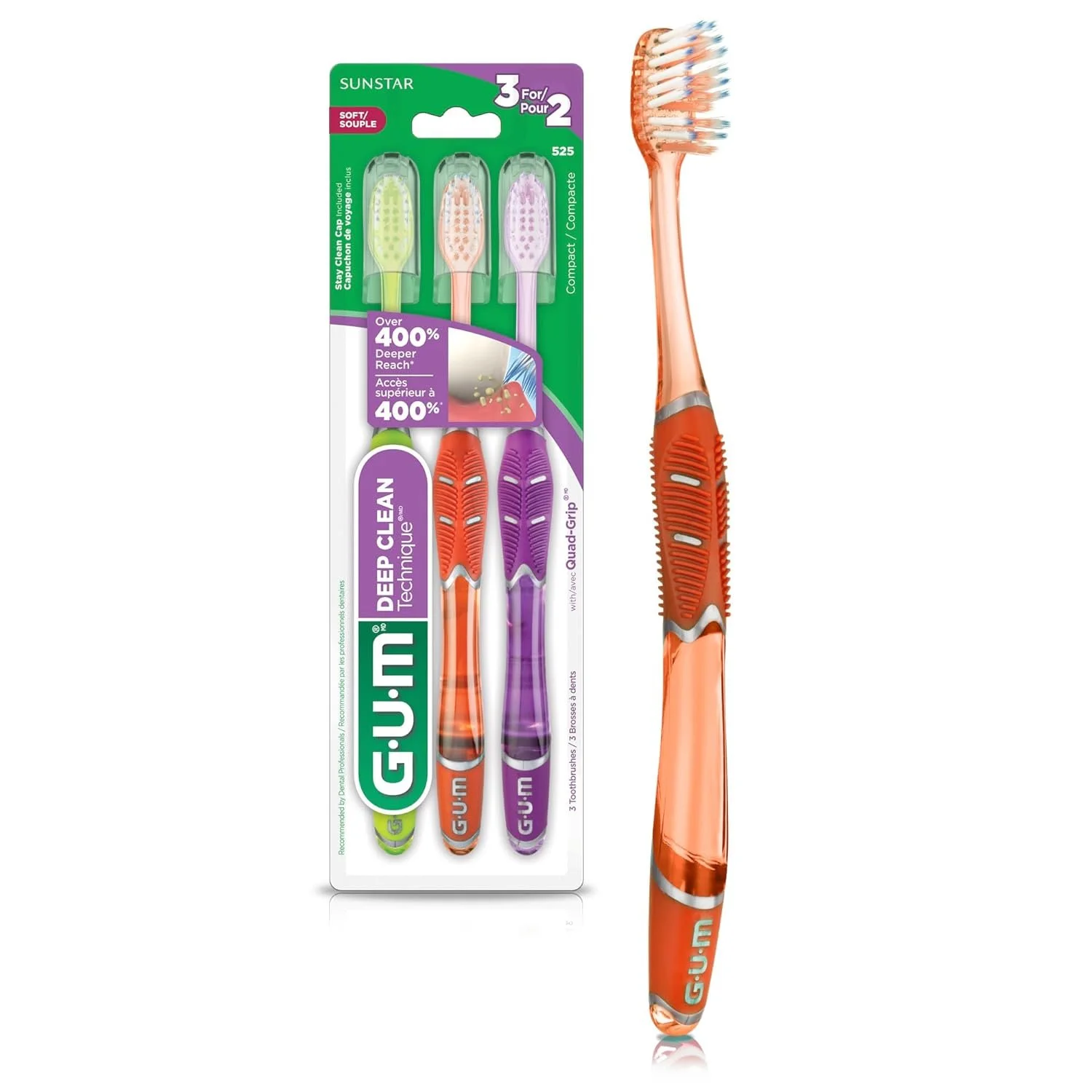No results found
Electric Toothbrushes
Electric toothbrushes are recommended for everyone, whether they have healthy gums, gingivitis, or gum disease. They are able to offer a much more consistent, well-rounded, and protective clean. By looking for an electric brush that is rechargeable and has a built-in pressure sensor, we can better control the effectiveness of our brushing routine.
Replacement Toothbrush Heads
When purchasing replacement toothbrush heads, always ensure they are compatible with your specific electric toothbrush model to maintain optimal performance and keep your device functioning effectively.
Oral B iO replacement heads are not as diverse as Sonicare, but still offer just as effective of a clean. This bundle to purchase comes with 4 Ultimate Clean and 1 Gum + Sensitive brush heads
Extra soft bristle meant for a gentle clean for sensitive teeth, gingival recession, and plaque debridement
Great for overall preventative maintenance for healthy tissues.
These brush heads are much more cross compatible with a variety of Oral B toothbrushes and are great for a overall gentle clean for all types of tissues.
Phillips Sonicare offers a wide and diverse selection of toothbrush variations, which can sometimes feel overwhelming when trying to determine the best option for your individual oral health needs. This detailed chart provides an excellent overview, clearly outlining the unique benefits, specific areas of focus, and varying bristle stiffness levels for each model, helping you make a well-informed decision.
My two overall recommended replacement heads are:
Manual Toothbrushes
The most important thing to remember when purchasing a manual toothbrush, is that it is best for the bristles to be either “soft” or “extra soft”. The brand of the brush is not overly important as long as the bristles are gentle along the gum-line and on the teeth. *The harder the bristle of the brush the more abrasive and damaging it can be for the gum tissues and on areas of the tooth that are less dense (ie. the areas of recession, also known as the dentin layer of the tooth)*









